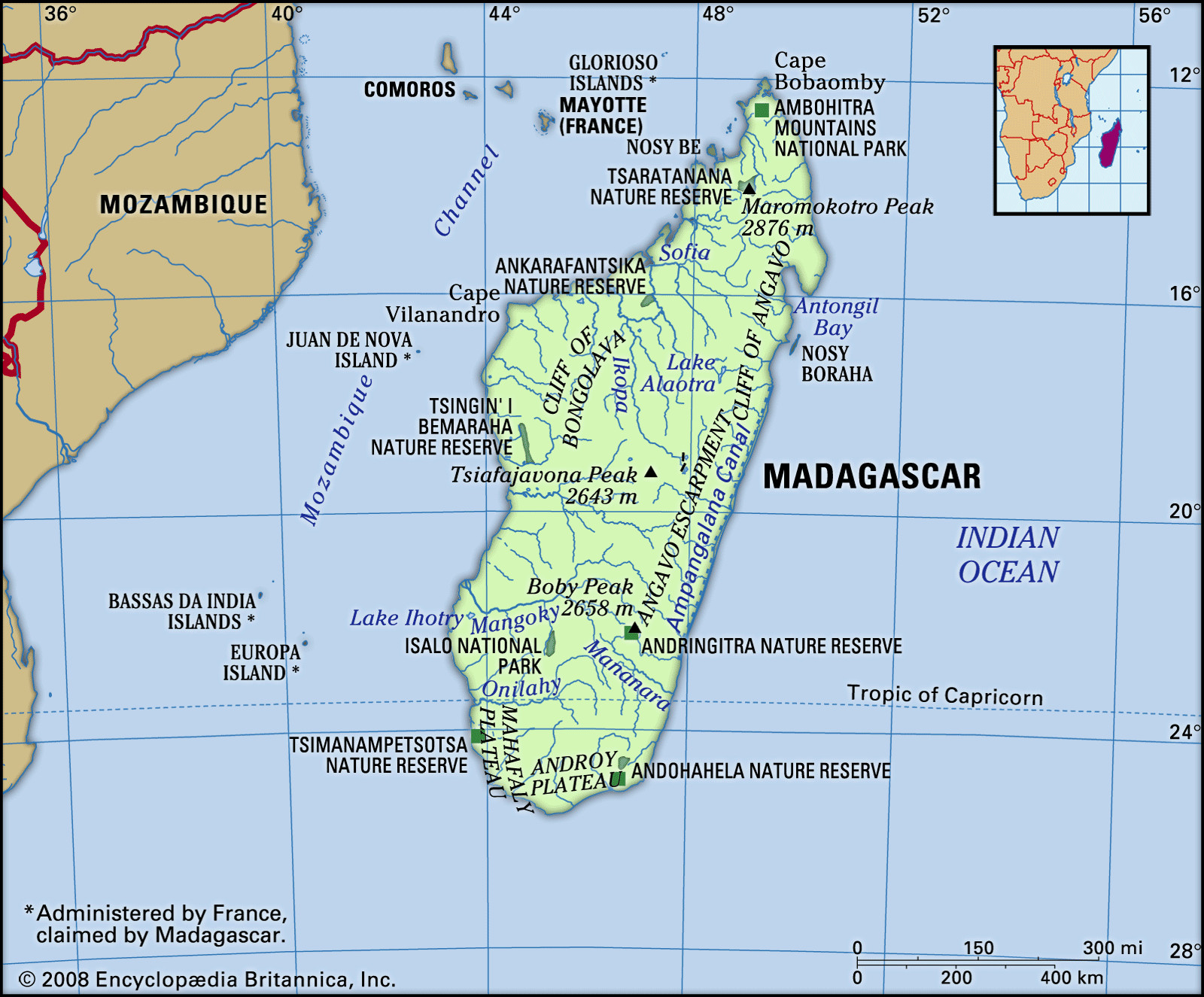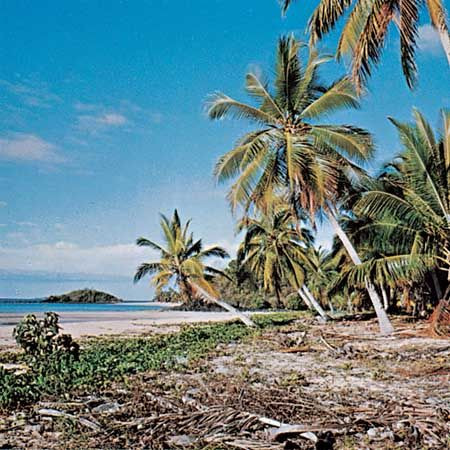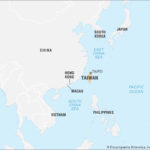 Madagascar map highlighting its location in the Indian Ocean
Madagascar map highlighting its location in the Indian Ocean
Madagascar, a name that evokes images of unique wildlife and stunning landscapes, is an island nation situated in a distinctive part of the world. But Where Is Madagascar exactly? This captivating island lies in the southwestern Indian Ocean. It’s important to note its separation from the African continent; the island is set apart by the Mozambique Channel, a body of water approximately 250 miles (400 km) wide, positioning it east of Mozambique.
Madagascar’s Strategic Location in the Indian Ocean
Madagascar’s geographical placement in the Indian Ocean is not just a matter of coordinates; it profoundly influences its climate, biodiversity, and geological features. Being an island, its isolation has fostered the evolution of species found nowhere else on Earth. The Mozambique Channel, acting as a natural barrier, has further contributed to this unique ecological development.
Exploring Madagascar’s Diverse Geographical Zones
Madagascar’s landmass is characterized by three primary longitudinal zones that run parallel to each other, contributing to the island’s varied landscapes. These are the central plateau, the eastern coastal strip, and the western zone of low plateaus and plains.
The Highlands of the Central Plateau
The central plateau of Madagascar is elevated, lying between 2,500 and 4,500 feet (800 and 1,400 metres) above sea level. This region has a history of geological uplift and erosion, resulting in a westward tilt. Dominating this plateau are several significant massifs exceeding 8,500 feet (2,600 metres) in height. The Tsaratanana Massif in the north is home to Maromokotro, Madagascar’s highest peak at 9,436 feet (2,876 metres). In the island’s center, the Ankaratra Massif, a large volcanic formation, features Tsiafajavona peak reaching 8,671 feet (2,643 metres). Further south, the Andringitra Massif rises to 8,720 feet (2,658 metres) at Boby Peak. These highlands play a crucial role in Madagascar’s water distribution, with Ankaratra acting as a major watershed.
The Eastern Coastal Plains
East of the central plateau lies a narrow coastal strip, averaging about 30 miles (50 km) in width. This eastern edge is an alluvial plain characterized by a low coastline dotted with lagoons. These lagoons are interconnected by the Pangalanes Canal, a waterway stretching over 370 miles (600 km). South of Farafangana, the coastline transitions to a rockier terrain, marked by numerous small bays, while the Bay of Antongil, a deep bay, indents the northeastern coast.
 Beach in Nosy Be, Madagascar, showcasing the coastal beauty
Beach in Nosy Be, Madagascar, showcasing the coastal beauty
The Western Sedimentary Zone
The western zone extends inland for 60 to 125 miles (100 to 200 km). This area is composed of sedimentary layers sloping towards the Mozambique Channel, creating a landscape of hills and hollows. The western coastline is notably straight, lined with small dunes and mangrove forests. Offshore currents in the Mozambique Channel have contributed to alluvial deposits and the formation of river deltas. The northwestern coast is indented with estuaries and bays and is protected by coral reefs and volcanic islands like Nosy Be, which shelters Ampasindava Bay.
Madagascar’s River Systems and Lakes
The eastern escarpment of the central plateau is carved by short, rapid rivers like the Mandrare, Mananara, Faraony, Ivondro, and Maningory. These rivers cascade down to the coast, emptying into lagoons or the sea, often over waterfalls and rapids. In contrast, the western side of the plateau, with its gentler slope, is traversed by longer, larger rivers such as the Onilahy, Mangoky, Tsiribihina, and Betsiboka. These rivers carry fertile alluvium westward, depositing it in vast plains and estuaries characterized by numerous sandbanks. Madagascar also features lakes, including volcanic lakes like Itasy and Alaotra, the largest remaining lake on the eastern slope. Lake Tsimanampetsotsa, a saline lake without an outlet, is found near the southern coast.
Madagascar’s Unique Soil Composition
The geological foundation of Madagascar’s central plateau and eastern coast is primarily gneiss, granite, quartz, and other crystalline rocks. The decomposition of gneiss results in red murrum, laterite, and fertile red earths, giving Madagascar its nickname, “The Great Red Island.” These fertile soils in the valleys support intensive agriculture. Volcanic intrusions also contribute to fertile but easily erodible soils. Lake Alaotra sits in a sedimentary basin within the central plateau, creating some of the island’s most productive farmland. The western third of Madagascar is predominantly sedimentary rock, resulting in soils of medium to low fertility.
In conclusion, where is Madagascar? It is geographically positioned in the southwestern Indian Ocean, east of Mozambique, separated by the Mozambique Channel. This location dictates its diverse geography, characterized by central highlands, eastern coastal plains, and a western sedimentary zone, each contributing to the island’s unique ecosystems and landscapes.


